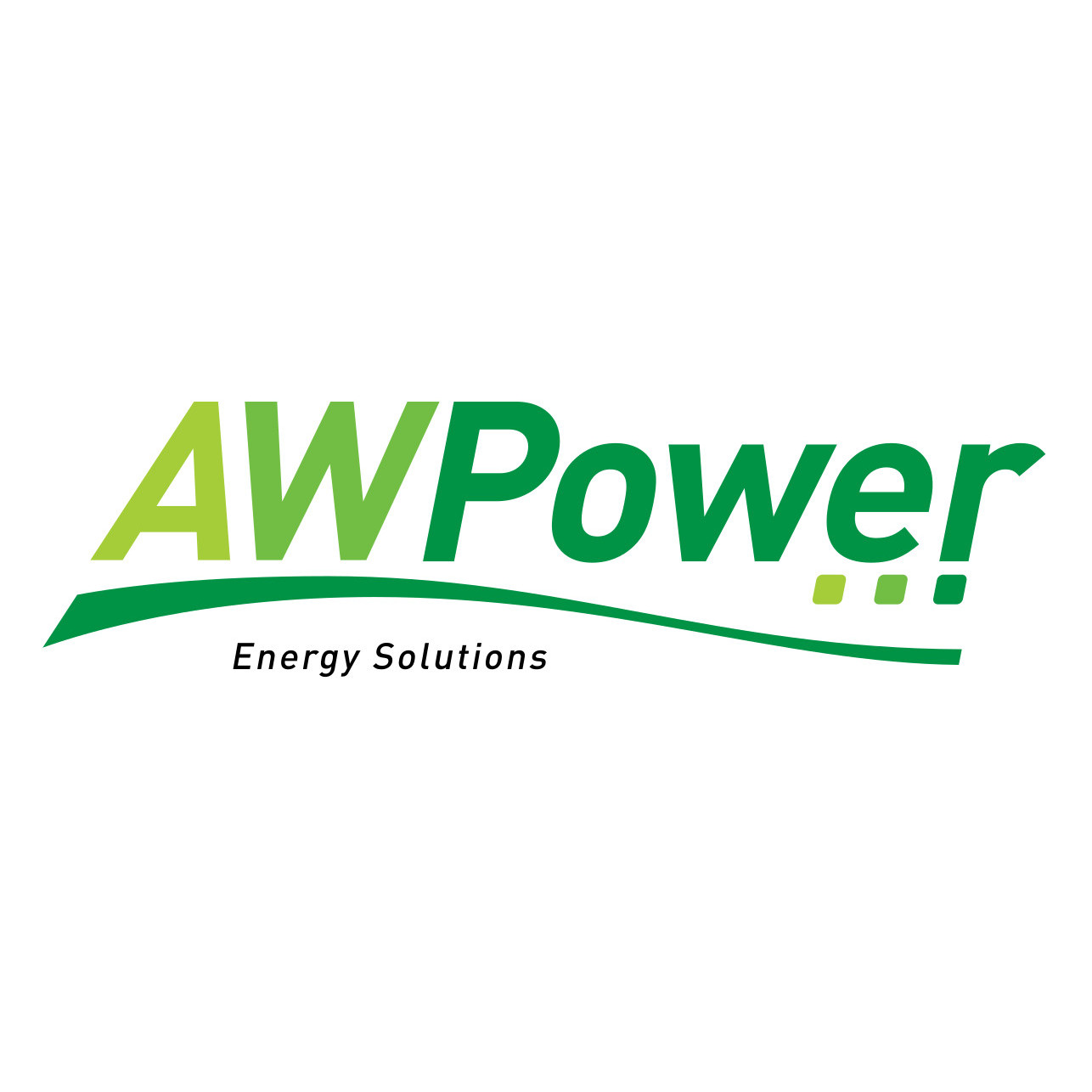Drive Sustainably
Installing PV with your EV
Legitimize your EV's claim to sustainability
Wheel-to-wheel emissions
The well-to-wheel emissions of a vehicle is the measure of the total carbon and Greenhouse Gas emissions produced through the entire life cycle of the vehicle, from the sourcing of the manufacturing materials to its energy usage during its active years. The lowerer the well-to-wheel emissions, the better.

South Africa has predominantly coal-powered power stations
Your Electric Vehicle (EV) doesn’t have a big advantage over Internal Combustion Engine (ICE) vehicles in terms of the car’s well-to-wheel emissions when your EV is powered from “dirty” power sources. Unfortunately, South Africa has a predominantly coal-fired power grid and this form of energy production contributes a lot of emmisions to the EV’s life-cycle. Your EV is only substantially more sustainable than an equivalent ICE vehicle when powered from cleaner energy sources, such as a Solar PV system.
An EV powered from an 84% coal-fired power grid has about 1.4 times less well-to-wheel emissions than an equivalent ICE vehicle.
An EV powered from a 77% renewably powered grid has about 8.5 times less well-to-wheel emissions than an equivalent ICE vehicle.
This means that powering your EV from a renewable power source, such as Solar PV, reduces your vehicle’s well-to-wheel emissions by around 7 times compared to using electricity from coal or other “dirty” sources.
Installing Solar PV on your building to charge your EV will drastically amplify the sustainable advantage that your electric vehicle has over conventional internal combustion engine cars by noticeably reducing the total well-to-wheel emissions of your Electric Vehicle.
Almost eliminate your transport fuel costs
It’s no secret that the cost of ownership of an electric vehicle is much lower than a conventional internal combustion engine car, but what buyers of EVs don’t always think of, is the massive amount of electricity required to keep their car charged. Charging your EV at home or at your office can drastically increase your building’s monthly electricity bill.
By installing a Solar PV system for your home or office building, you can bring the transport costs for your EV right down, as well as your building’s electricity bill, by powering your electric car and some of your building’s energy needs directly from the Sun. Monthly savings on electricity will free up cash in your budget and with Solar PV systems available through AWPower with payback periods of between only 4 and 6 years, installing PV with your EV is a real no-brainer!


Give yourself freedom of movement
In a survey by the AAA (American Automobile Association), it was found that 43% of Electric Vehicle drivers drove more than they did in a conventional petrol-powered car because their fuel costs had noticeably decreased. Installing a Solar PV system to charge your EV will bring your fuel costs down by even more, making fuel anxiety a thing of the past!
Drive as much as you like with no guilt when powering your EV through a Solar PV system.
For more info go to:
Cost of Ownership of Electric Vehicles: https://advocacy.consumerreports.org//srv/htdocs/wp-content/uploads/2020/10/EV-Ownership-Cost-Final-Report-1.pdf
Well-to-wheel emissions: https://afdc.energy.gov/vehicles/electric_emissions.html
AWPower’s company vehicle is the BMWi3 fully electric vehicle, which we charge through our office’s solar PV system:



